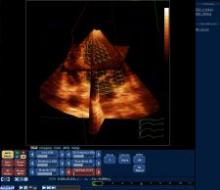IMV ServiceTrak ranked GE Healthcare No. 1 for CT and MR Service in a comparison against five other manufacturers of the modalities.
An independent marketing research firm specializing in medical imaging, IMV conducts its assessment annually and focuses on service response, service quality and remote diagnostics.



